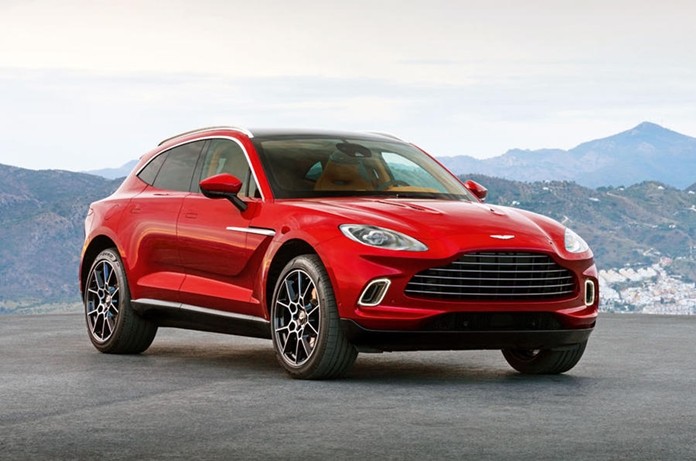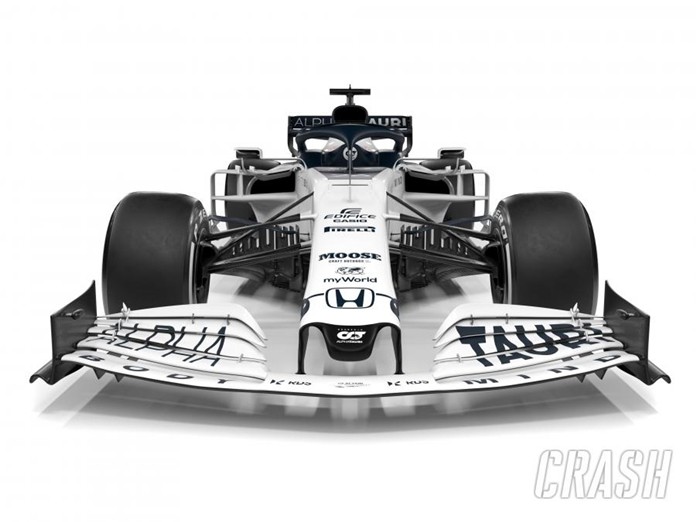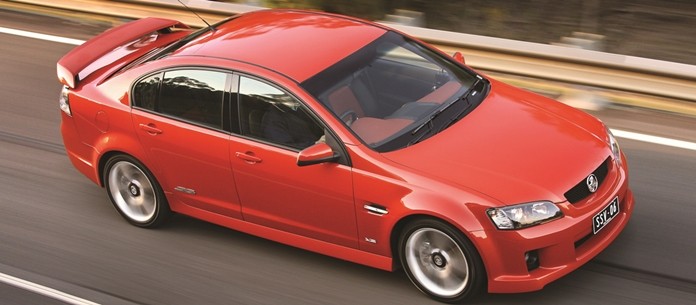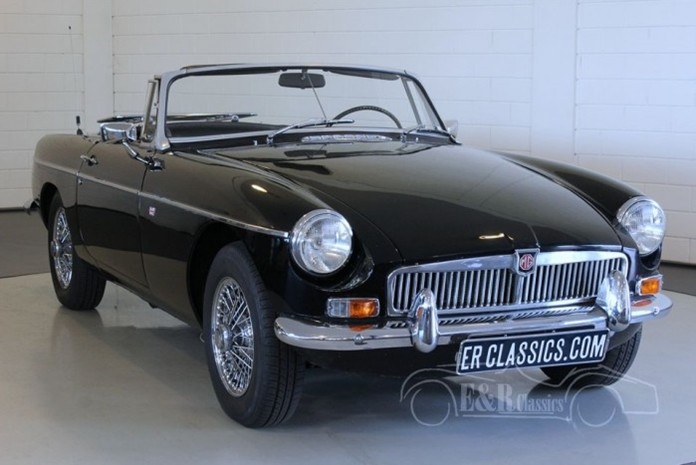
It is no secret that Aston Martin has not been financially healthy for some years. They have turned out some of the best looking cars and made a deal to get James Bond to sit in them, but still come up short compared to Ferrari for example.
With the world’s opinion leaning towards soft-roaders, think Porsche Cayenne, Bentley Bentayga and Lamborghini Urus and now Aston Martin has joined the Off-roaders with its newly released DBX and bargain basement price of AUD 350,000. Aston is saying that they are all sold out. True? Or has Aston found a white knight?
Patrik Nilsson, regional director for Aston Martin says the car’s popularity is “beyond expectations. We can safely say that we are sold out for this year in Australia and New Zealand.”
Technical specifications are interesting. Power comes from a twin-turbocharged 4.0-litre V8 with 405 kW and 700 Nm, enough to reach to 60 km/h in 4.5 seconds.
That’s the same Mercedes-AMG sourced engine found in Aston Martin’s Vantage coupe, as well as Mercedes’ own line of performance cars (such as the popular C63 S). Thanks to lightweight aluminium construction, a 550 hp drivetrain and electronic adaptive damping for every wheel, the DBX drives more like a sports car than an SUV.
Despite 700 Nm this may not be enough to drag A-M out of the swamp. Enter stage left a white knight in the form of a consortium led by Canada’s Lawrence Stroll, father of current Formula 1 driver Lance Stroll. However, his group has apparently not learned the old adage, “To make a small fortune out of motor racing – start with a large fortune.”
Prior to Stroll’s investment, the DBX was touted as a make-or-break moment for the brand. But now with Stroll’s millions, A-M can probably breathe a little easier.
But just who is Lawrence Stroll? In a career spanning more than three decades, Canadian fashion mogul Lawrence Stroll has relied on a simple formula: take over a brand that’s either niche, or in trouble, or both, and beef it up for half a dozen years. Then exit with a tidy profit.
It’s a skill he honed in the 1980s bringing Ralph Lauren’s New England look to Europe, before buying Tommy Hilfiger in 1989 with long-term business partner Silas Chou – another clothing brand that celebrated Americana with its blue-red-white emblem and country-club attire. Add to that list Michael Kors, teetering on the brink of collapse when the duo picked it up in 2003. By the time Stroll and Chou sold out in 2011, Kors was the king of affordable luxury with a sky-high valuation.
Now is A-M niche enough to give Stroll and Chou the leverage the investors require? Rivals from Porsche, Bentley and Lamborghini all share their underpinnings with the cheaper Volkswagen Touareg. The DBX has its own platform says A-M breathlessly. Interesting, but that’s not a selling point, I’m afraid.
However, the DBX is sold out in Australia before anyone has even driven it. Priced from $357,000 plus on-road costs, the Aston martin DBX supposedly is a rival to the likes of the Porsche Cayenne, Bentley Bentayga and Lamborghini Urus.
The DBX does not share its underpinnings with any other vehicle. “It’s a bespoke car,” Nilsson says.
“Which I think, and customers think, you deserve when you’re paying this kind of money for a car.
“We definitely hit the sweet spot with this.
“People were clearly looking for a good-looking SUV that drives like an Aston.”
One pre-production example of the DBX is in Australia for customer events and public display. Customer cars arrive in the third quarter of the year.
Some 60 percent of customers in the region are new to the brand. Which is surprising, as Aston Martin set about creating the DBX because three quarters of its sports car customers also had an SUV in the driveway.
That number could be even higher today.
Kevin Wall, regional manager for Aston Martin, says many DBX customers are women who were not drawn to the looks of Lamborghini or Bentley SUVs. For me, it looks too much like the “Aston grille” Ford Fiesta of 10 years ago.
Chinese GP knocked out by a bug
The FIA has informed the F1 circus that the Chinese GP for 2020 has been cancelled. This follows the viral Covid-19 epidemic which has already killed over 1,000 people in China.
The race was scheduled for April 19, but with the packed calendar there is little likelihood of the Chinese promoters finding an alternative date.
The closest GP on the calendar is Vietnam’s inaugural meeting on April 5, but with Vietnam already having found the virus I expect a cancellation here too.
Alfa or Alpha?
A common mistake, but the manufacturer with a long history in motor sport is Alfa and the manufacturer with a short history in motor sport is Alpha, formerly known as Toro Rosso, and better known in the fashion business.
At the unveiling of the “new” car, there was plenty of the usual pre-season bluster. “We must be within the first five in the constructors’ championship,” declared team boss Franz Tost at the launch of the white and blue AT01 car powered again by Honda at Red Bull’s Hangar-7 facility in Salzburg.
Toro Rosso finished sixth overall last year, equaling their best ever performance, and have an unchanged line-up of Russian Daniil Kvyat and Frenchman Pierre Gasly.

AlphaTauri is a Red Bull-owned fashion brand established in 2016. The team have raced as Toro Rosso since 2006 when Red Bull took over struggling Minardi.
They have brought through a succession of hungry young talents, including Germany’s four times world champion Sebastian Vettel, Australian Daniel Ricciardo and Dutch youngster Max Verstappen.
Aussies in mourning
The year 2020 will mark the death of the iconic Australian Holden brand. The Holden lion will disappear by the end of 2020 with the US corporation that owns the Holden name (General Motors Holden). GMH has announced the brand will disappear at the end of the year.
Hundreds of people are set to lose their jobs by the year’s end as General Motors axes Holden after seven decades of operation in Australia. The shutdown is expected to cost at least 600 jobs. It comes three years after local manufacturing ended when the Holden plant in Adelaide was closed.
The company has promised it would continue to provide servicing and spare parts for at least a decade through its aftersales network, which would also continue handling recalls if they arise.

GM has blamed “significant change globally and locally”, which despite attempts to “sustain and improve the business” has not worked financially for the business.
“After comprehensive assessment, we regret that we could not prioritize the investment required for Holden to be successful for the long term in Australia and New Zealand, over all other considerations we have globally,” GM international operations senior vice president Julian Blissett said.
He said Holden had been a “powerful driver of the industrialization and advancement of Australia and New Zealand” over its “proud 160-year history”.
He wouldn’t comment on whether the company had explored selling the brand, but it was revealed the Thailand factory that made the Colorado pick-up has been sold to Chinese manufacturer Great Wall Motors.
The Holden dealer network includes 185 dealers in Australia and 31 in New Zealand.
“Classic” cars
A few years ago now, I was asked if there were any “classic” cars in Pattaya, and whether the owners would be interested in tailored “classic car” insurance. I replied that the closest anything in Pattaya went to being “classic” was probably a 10 year old baht bus!
That was a few years ago, and the scene in Pattaya has changed dramatically. Every day we seem to be unearthing more and more old cars, and there is now a viable market for both sellers, buyers and restorers.
Of course, to find some of these older vehicles in concourse condition is exceptionally rare, but “finds” do happen. One of my friends down here was in the right place at the right time and became the owner of an immaculate 1970 MGB roadster. This car had to be seen to be believed. In fact, when the previous owner imported it after a ground up restoration in the UK he was hit with horrendous import duty by the Customs Department. When he protested and said, “Look, this car is 30 years old,” the stony-faced Customs official smiled and replied, “But look new!”

However, cars like that are rare, and as (almost) everyone knows, the costs of importing a classic into Thailand are quite prohibitive. So that leaves us with cars that were either imported many years ago or were built/or assembled here. And these are the cars that have been hiding in sheds, disassembling yards, or if they have been very lucky, sitting in somebody’s collections somewhere.
It is these “forgotten” cars that are coming to light now, and in enormous numbers. For example, having decided this year to take my helmet down from the peg and go motor racing again, I also chose to join the “Retro” class of pre-1985 cars. The make that I had the most experience in was Ford, and Ford Escort Mk1’s in particular. I raced these between 1975 and 1982, when they were new. Simple engineering and easy to turn into racing cars.
 |
 |
 |





